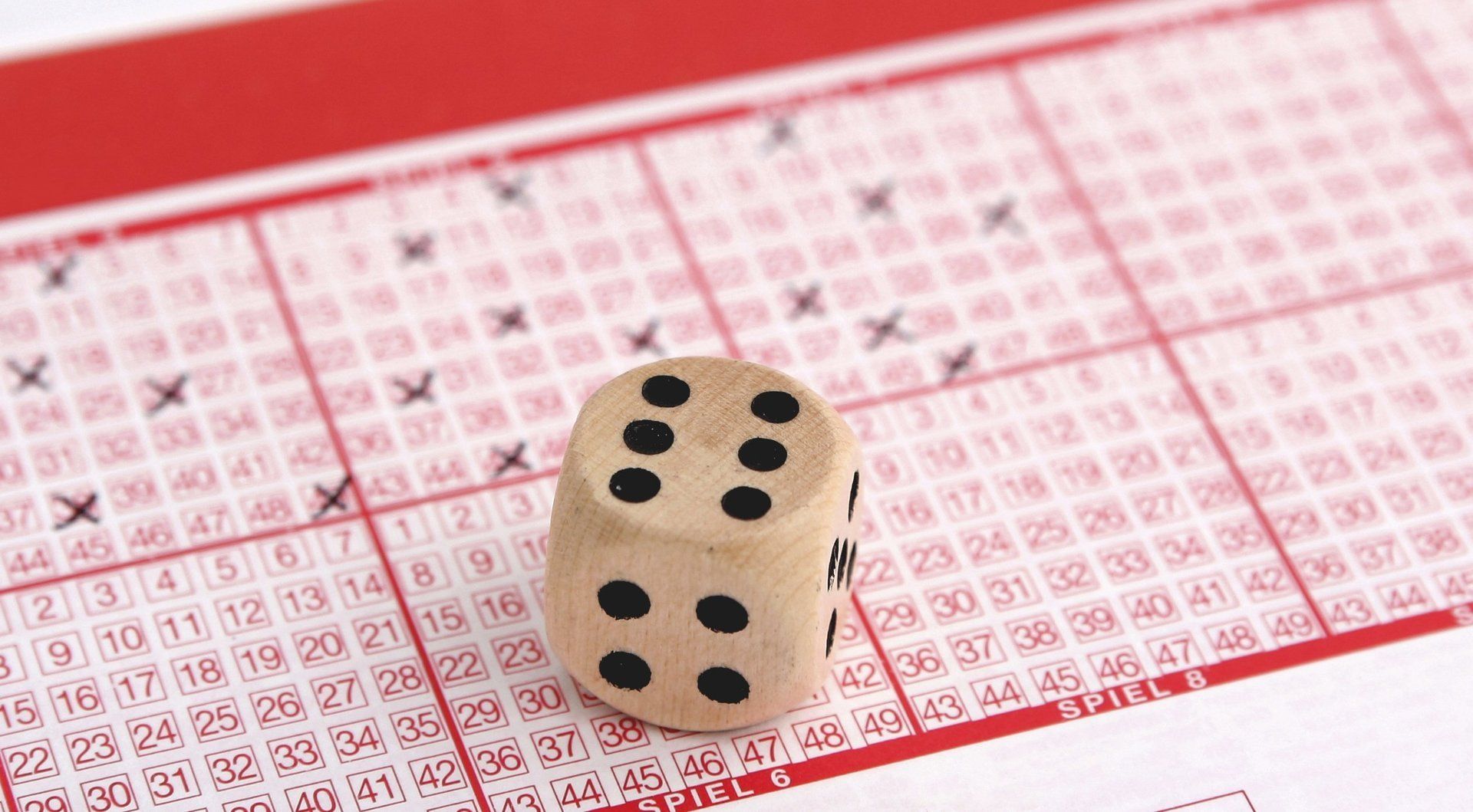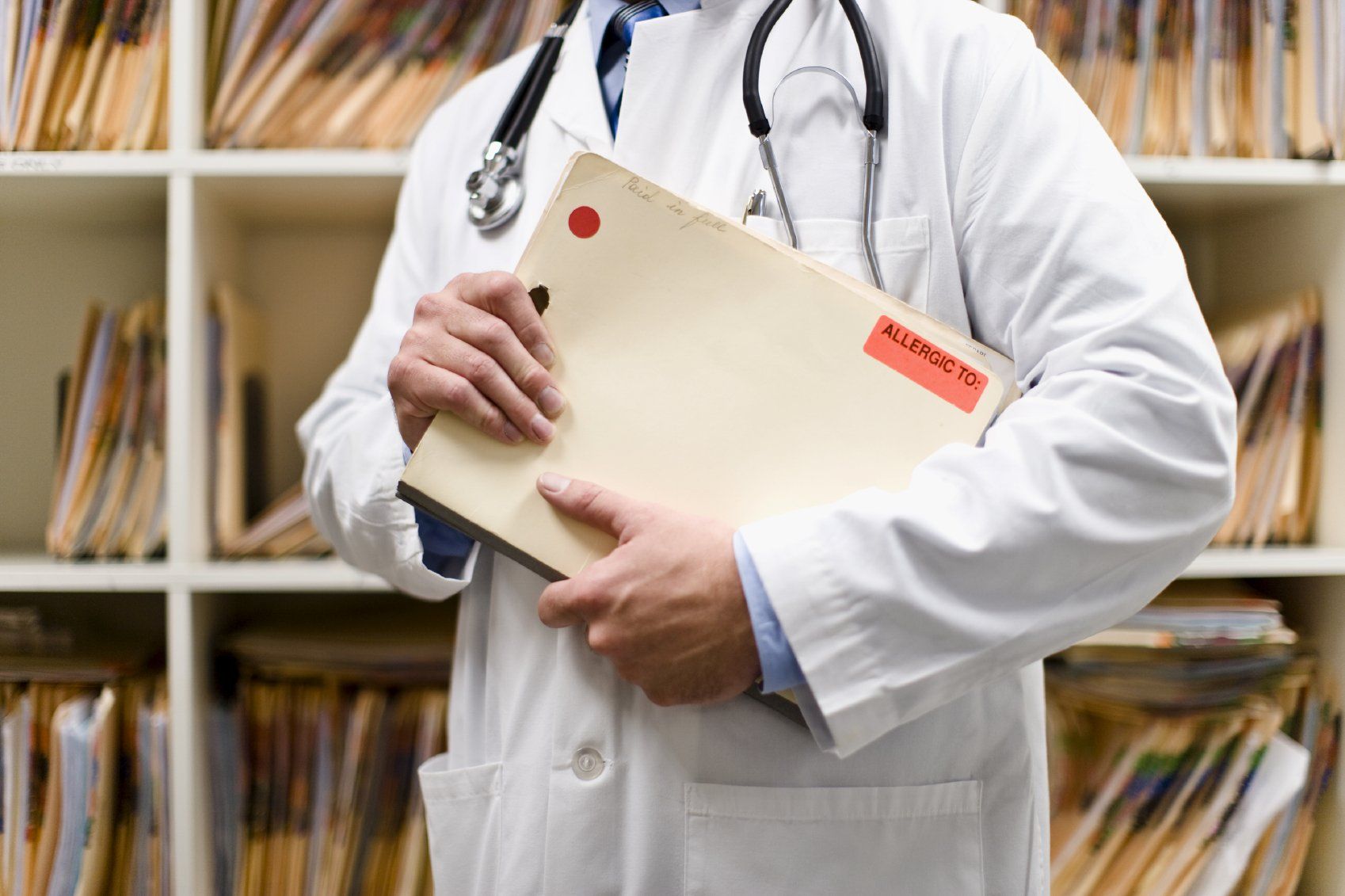
Introductions
For high school students aspiring to become physicians, gaining admission into a BS/MD program can be a dream come true. These highly competitive combined Bachelor of Science and Doctor of Medicine programs offer a streamlined path to becoming a doctor, often without the need for a separate medical school application. Given the prestige and efficiency of these programs, it's no surprise that the application process is intense and selective.
A March-2024 poll on Reddit (on r/bsmd, which has 2K members) conducted by the author sheds light on the number of interviews students typically receive, providing valuable insights into the competitive nature of these programs. 157 respondents voted on the online poll. Please note these are self-reported by the applicants and we do not know what the data is for the applicants who did not respond.
Poll Results: A Snapshot of BS/MD Interview Invitations
Out of 157 total respondents, the distribution of BS/MD interview invitations received by applicants is as follows:
| # of Interviews |
# of respondents |
% of total |
| Zero |
23 |
14.6 |
| 1 to 2 |
62 |
39.5 |
| 3 to 5 |
49 |
31.2 |
| 5 to 8 |
15 |
9.6 |
| >= 9 |
8 |
5.1 |
| TOTAL |
157 |
100 |
Source: March 2024 poll conducted by the author on Reddit (r/bsmd).
These results highlight several key trends and insights into the BS/MD application process.
The Reality for Many: No Interviews
A significant portion of applicants, 14.6%, or roughly 1 in 7 applicants, did not receive any interviews. This statistic underscores the high level of competition and the rigorous selection criteria of BS/MD programs. Many applicants may meet the academic requirements but still face challenges in securing interviews due to the holistic nature of the selection process, which often includes considerations of extracurricular activities, leadership experiences, essays, and recommendation letters.
The Most Common Outcome: 1 to 2 Interviews
The largest group of respondents, accounting for 39.5%, received between one and two interviews. This suggests that while securing interviews is challenging, a considerable number of applicants manage to attract the interest of at least one or two programs. For these students, the focus likely shifts to making a strong impression during their interviews to maximize their chances of admission.
More Successful: 3 to 5 Interviews
Approximately 31.2% of respondents received between three and five interview invitations. This group represents a relatively successful segment of applicants who likely have strong applications that stand out across multiple programs. These students might benefit from having multiple options and the ability to compare different programs to find the best fit for their medical education journey.
High Achievers: 5 or More Interviews
At the top end of the spectrum, 9.6% of applicants received five to eight interviews, and a smaller elite group of 5.1% secured nine or more interview invitations. These students likely have exceptional academic records, significant extracurricular achievements, and compelling personal stories that resonate with admissions committees. Their success in securing multiple interviews indicates a high level of preparedness and competitiveness in the application process.
Implications for Future Applicants
Understanding the distribution of interview invitations can help future applicants set realistic expectations and develop strategies to enhance their applications. Here are a few takeaways:
· Holistic Preparation: Given the competitive nature of BS/MD programs, applicants should focus on building a well-rounded profile that includes strong academics, meaningful extracurricular involvement, and compelling essays. The preparation should start during the freshmen year itself.
· Tailored Applications: Applying to a range of programs with varying levels of competitiveness may increase the chances of securing interviews. It’s essential to research each program’s specific requirements, for example, RPI values research while Union values leadership experiences, and tailor applications accordingly.
· Interview Preparation: For those who secure interviews, thorough preparation is crucial. This includes practicing common interview questions, understanding the specific program's values and goals, and being able to articulate one’s passion for medicine clearly and confidently.
Conclusion
The data on BS/MD program interviews highlights the competitive and selective nature of these pathways to becoming a physician. While many applicants face challenges in securing interviews, those who do often demonstrate a high level of preparation and achievement. For aspiring medical students, understanding these trends can provide valuable insights and help in strategizing for future applications. As the landscape of medical education continues to evolve, staying informed and prepared remains key to success in gaining admission to these coveted programs.

A common question we get is “What is the probability of getting accepted into a medical school?” Getting into a medical school depends on several factors – GPA, test scores, essays, letters of recommendations, yield management decision of colleges, your luck, and more.
A related question is “What can we do to increase out odds of getting accepted?” i.e. things that we can control and possibly influence. One factor under the control of students is the number of colleges to apply and the list of colleges to apply.
A mathematical model can offer some guidance into number of schools to apply. One way to look at the mathematics of acceptance is to rely on Binomial probabilities. We present a simplified model which one looks at the number of applications and its impact on potential medical school acceptance.
Let us denote p as the
acceptance rate at a university i.e. success.
For my example, I have assumed this to be constant and equal to 2.4% (that is
approximately the average acceptance rate based on AAMC application data).
Thus, p = 0.024
Let us denote q as the failure rate.
Now, we know
q = 1 - p
q = 1 - 0.024
q = 0.976
Probability of getting AT LEAST 1 acceptance = 1 - probability of getting ZERO acceptances
Binomial probability is given by this formula: nCr * p^n * q^(1-n)
Where
n = number of program one applies to
r = number of acceptances
nCr = Binomial coefficient in combination format
Let’s assume you apply
to 15 programs, n = 15
Probability of getting ZERO acceptance means r = 0
Probability of getting ZERO acceptance = P(r = 0)
P(r=0) = 15 C 0 * (0.024)^0 * (0.976)^15
P(r=0) = 0.69461997
Probability of getting AT LEAST 1 acceptance = P(r >=1) = 1 - P(r=0)
P(r>=1) = 1 -
0.69461997
P(r>=1) = 0.30538003 OR 30.54%
If you apply to 15 colleges, there is 30.54% chance you will get at least 1 acceptance.
Here is the probability of getting AT LEAST 1 acceptance for various N (number of applications): Please refer to chart below.

NOTE: Universities change their programs and/or criteria constantly. In many cases, they may discontinue their BS/MD program. This list is for informational purposes only. Please contact the respective university to find out about the current program and associated requirements.
The list is in alphabetical order by state.

If you are sure about pursuing Medicine as a career, should you opt for BS/MD programs or pursue the traditional pre-med / Medical route?
At the
outset, let me share a statistic: Less than approx. 5% of all medical school students
come through the BS/MD route. So clearly, a very small minority of student
population is opting for BS/MD. But do not let that statistic mislead you. Why?
Because universities offer <5% seats to their BS/MD programs. If they offer
more seats, this percentage would be a lot higher.
The above dilemma becomes more important if you have secured an offer of admission from an Ivy-league level university. We must guard against one important thought-process - "If you can get an admission to Ivy-league undergrad then you can surely get admission into the "top ranked" medical school." Most general folks are unfamiliar with the medical school admissions process and therefore they can get into the above thought process.
And add to that the potential scope of obtaining merit based scholarships while pursuing the traditional route.
Yes, with good grades, great MCAT score (>515), a resume complete with research, shadowing, volunteer and other factors, will get you a medical school admission. It may or may not be the same "Ivy-league kind" of schools.
What I am sharing here are some of the RISKS involved in the traditional pre-med /
Medical route:
1) Potential to complete your medical school in an accelerated manner: Many
BS/MD programs are accelerated 7 year programs. A few are 8 year programs. 6
year programs have become rare after the recent change in MCAT examination.
This means you can save one full year from the long-drawn process (11+ years)
to become a medical doctor.
2) Gap
year(s): Even if you are from an Ivy League with great MCAT scores, we have
numerous number (not outliers) of cases where students have had to take a gap
year to strength their application. According to Association of American
Medical Colleges (AAMC), 63.4% of matriculating students into a medical school had
a gap year in 2018 and that percentage has been steadily increasing every year.
To me, this represents a VERY HUGE risk as there is approximately 63% chance, you
or your child may be hit with a gap year. And yes, if you get an admission
after a gap year, you will be counted in the ~95% of the matriculants to a
medical school via the traditional route.
3) “Non-traditional” students: These are students with 2 or more gap years. It appears that "Ivy League" medical schools are matriculating more and more non-traditional students. Nearly 68% of students that matriculated into University of Pennsylvania’s Medical School are non-traditional. At Northwestern University, that percentage is lower but still significant at 23%. This trend is creating an extra pressure among students to take additional gap years to keep up with the competition.
4) Low GPA:
For traditional route, the impact of grade deflation or student not able to
cope up with college due to bad selection of courses or other distractions is
very real. FOR BS/MD, most colleges are flexible and supportive of their
students. For example, at NU, you can take an extra-year in undergrad to
pull-up your GPA to meet the HPME requirements. You do NOT have that luxury in
a traditional route.
5) The Myth that "since I can into Ivy League undergrad, I can definitely
get into "Ivy League" medical school": This myth has been broken
so many times that there are "skeletons of students aspirations"
lying around.
6) Plan B: Selecting a "proper" undergrad is important - many kids
take biology as their undergrad for both BS/MD and traditional route. If you
look at career prospects for biology majors, you will quickly come to a
conclusion, they are limited. So it would not have mattered if you did biology
major at Princeton or Rutgers. On the other hand, if a student has interest in
mathematics or computer science, doing that minor / double major would open up
many options - even if you did that at Rutgers. So, undergrad college + major
are both important. In that case, one has to plan for Plan B in the first year of college itself.
That means - more work because you may have to load yourself with more
coursework to do a meaningful minor or double major. How many parents/ kids are
thinking about this?
So, the question of ask – are you comfortable with the risks with the
traditional pre-med/ Medical route?
It boils down to that!

NOTE: Universities change their programs and/or criteria constantly. In many cases, they may discontinue BS/MD program. This list is for informational purposes only. Please contact the respective university to find out about the current program and associated requirements.
List is in alphabetical order.

Introductions
For high school students aspiring to become physicians, gaining admission into a BS/MD program can be a dream come true. These highly competitive combined Bachelor of Science and Doctor of Medicine programs offer a streamlined path to becoming a doctor, often without the need for a separate medical school application. Given the prestige and efficiency of these programs, it's no surprise that the application process is intense and selective.
A March-2024 poll on Reddit (on r/bsmd, which has 2K members) conducted by the author sheds light on the number of interviews students typically receive, providing valuable insights into the competitive nature of these programs. 157 respondents voted on the online poll. Please note these are self-reported by the applicants and we do not know what the data is for the applicants who did not respond.
Poll Results: A Snapshot of BS/MD Interview Invitations
Out of 157 total respondents, the distribution of BS/MD interview invitations received by applicants is as follows:
| # of Interviews |
# of respondents |
% of total |
| Zero |
23 |
14.6 |
| 1 to 2 |
62 |
39.5 |
| 3 to 5 |
49 |
31.2 |
| 5 to 8 |
15 |
9.6 |
| >= 9 |
8 |
5.1 |
| TOTAL |
157 |
100 |
Source: March 2024 poll conducted by the author on Reddit (r/bsmd).
These results highlight several key trends and insights into the BS/MD application process.
The Reality for Many: No Interviews
A significant portion of applicants, 14.6%, or roughly 1 in 7 applicants, did not receive any interviews. This statistic underscores the high level of competition and the rigorous selection criteria of BS/MD programs. Many applicants may meet the academic requirements but still face challenges in securing interviews due to the holistic nature of the selection process, which often includes considerations of extracurricular activities, leadership experiences, essays, and recommendation letters.
The Most Common Outcome: 1 to 2 Interviews
The largest group of respondents, accounting for 39.5%, received between one and two interviews. This suggests that while securing interviews is challenging, a considerable number of applicants manage to attract the interest of at least one or two programs. For these students, the focus likely shifts to making a strong impression during their interviews to maximize their chances of admission.
More Successful: 3 to 5 Interviews
Approximately 31.2% of respondents received between three and five interview invitations. This group represents a relatively successful segment of applicants who likely have strong applications that stand out across multiple programs. These students might benefit from having multiple options and the ability to compare different programs to find the best fit for their medical education journey.
High Achievers: 5 or More Interviews
At the top end of the spectrum, 9.6% of applicants received five to eight interviews, and a smaller elite group of 5.1% secured nine or more interview invitations. These students likely have exceptional academic records, significant extracurricular achievements, and compelling personal stories that resonate with admissions committees. Their success in securing multiple interviews indicates a high level of preparedness and competitiveness in the application process.
Implications for Future Applicants
Understanding the distribution of interview invitations can help future applicants set realistic expectations and develop strategies to enhance their applications. Here are a few takeaways:
· Holistic Preparation: Given the competitive nature of BS/MD programs, applicants should focus on building a well-rounded profile that includes strong academics, meaningful extracurricular involvement, and compelling essays. The preparation should start during the freshmen year itself.
· Tailored Applications: Applying to a range of programs with varying levels of competitiveness may increase the chances of securing interviews. It’s essential to research each program’s specific requirements, for example, RPI values research while Union values leadership experiences, and tailor applications accordingly.
· Interview Preparation: For those who secure interviews, thorough preparation is crucial. This includes practicing common interview questions, understanding the specific program's values and goals, and being able to articulate one’s passion for medicine clearly and confidently.
Conclusion
The data on BS/MD program interviews highlights the competitive and selective nature of these pathways to becoming a physician. While many applicants face challenges in securing interviews, those who do often demonstrate a high level of preparation and achievement. For aspiring medical students, understanding these trends can provide valuable insights and help in strategizing for future applications. As the landscape of medical education continues to evolve, staying informed and prepared remains key to success in gaining admission to these coveted programs.

A common question we get is “What is the probability of getting accepted into a medical school?” Getting into a medical school depends on several factors – GPA, test scores, essays, letters of recommendations, yield management decision of colleges, your luck, and more.
A related question is “What can we do to increase out odds of getting accepted?” i.e. things that we can control and possibly influence. One factor under the control of students is the number of colleges to apply and the list of colleges to apply.
A mathematical model can offer some guidance into number of schools to apply. One way to look at the mathematics of acceptance is to rely on Binomial probabilities. We present a simplified model which one looks at the number of applications and its impact on potential medical school acceptance.
Let us denote p as the
acceptance rate at a university i.e. success.
For my example, I have assumed this to be constant and equal to 2.4% (that is
approximately the average acceptance rate based on AAMC application data).
Thus, p = 0.024
Let us denote q as the failure rate.
Now, we know
q = 1 - p
q = 1 - 0.024
q = 0.976
Probability of getting AT LEAST 1 acceptance = 1 - probability of getting ZERO acceptances
Binomial probability is given by this formula: nCr * p^n * q^(1-n)
Where
n = number of program one applies to
r = number of acceptances
nCr = Binomial coefficient in combination format
Let’s assume you apply
to 15 programs, n = 15
Probability of getting ZERO acceptance means r = 0
Probability of getting ZERO acceptance = P(r = 0)
P(r=0) = 15 C 0 * (0.024)^0 * (0.976)^15
P(r=0) = 0.69461997
Probability of getting AT LEAST 1 acceptance = P(r >=1) = 1 - P(r=0)
P(r>=1) = 1 -
0.69461997
P(r>=1) = 0.30538003 OR 30.54%
If you apply to 15 colleges, there is 30.54% chance you will get at least 1 acceptance.
Here is the probability of getting AT LEAST 1 acceptance for various N (number of applications): Please refer to chart below.

NOTE: Universities change their programs and/or criteria constantly. In many cases, they may discontinue their BS/MD program. This list is for informational purposes only. Please contact the respective university to find out about the current program and associated requirements.
The list is in alphabetical order by state.

